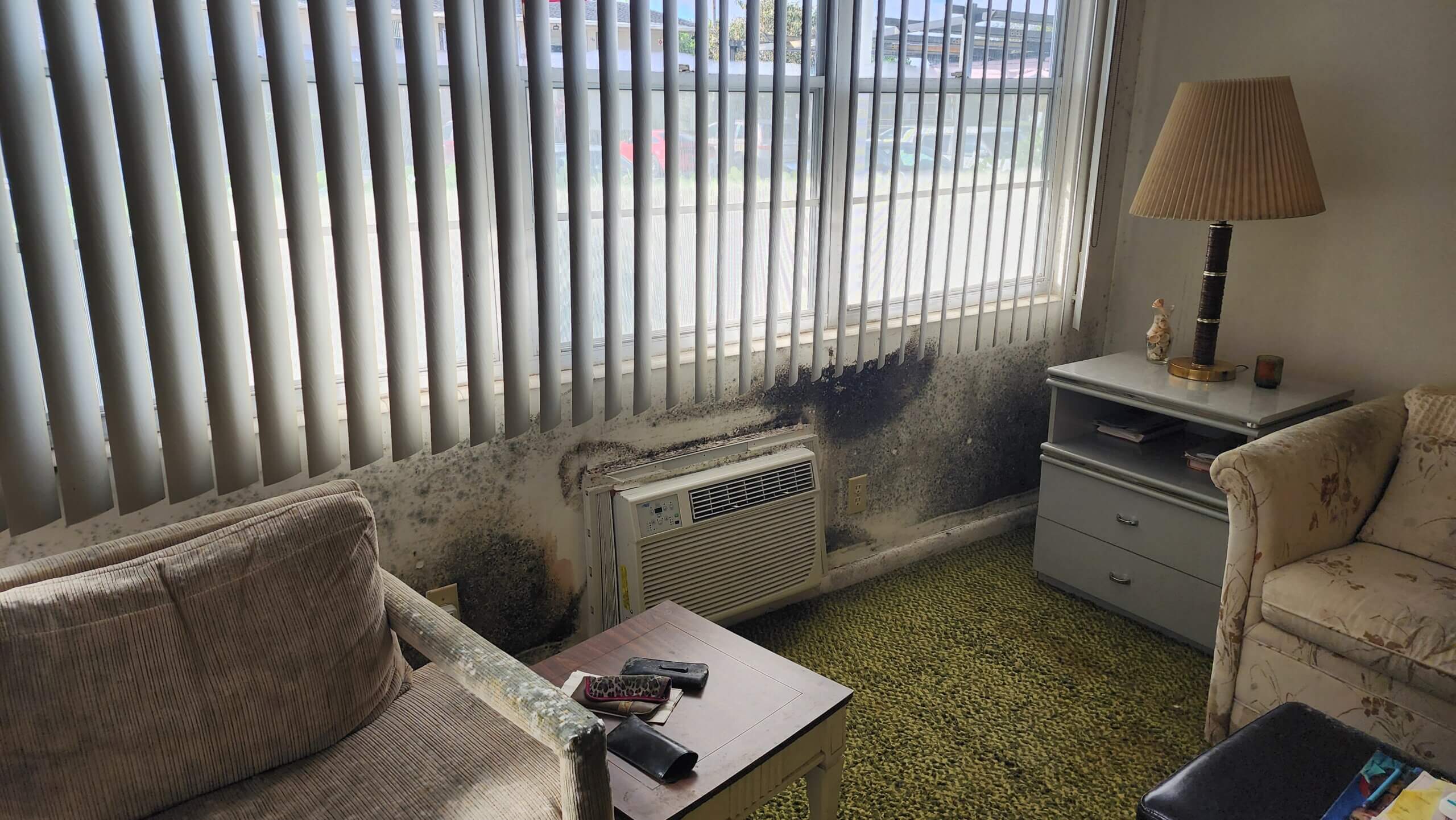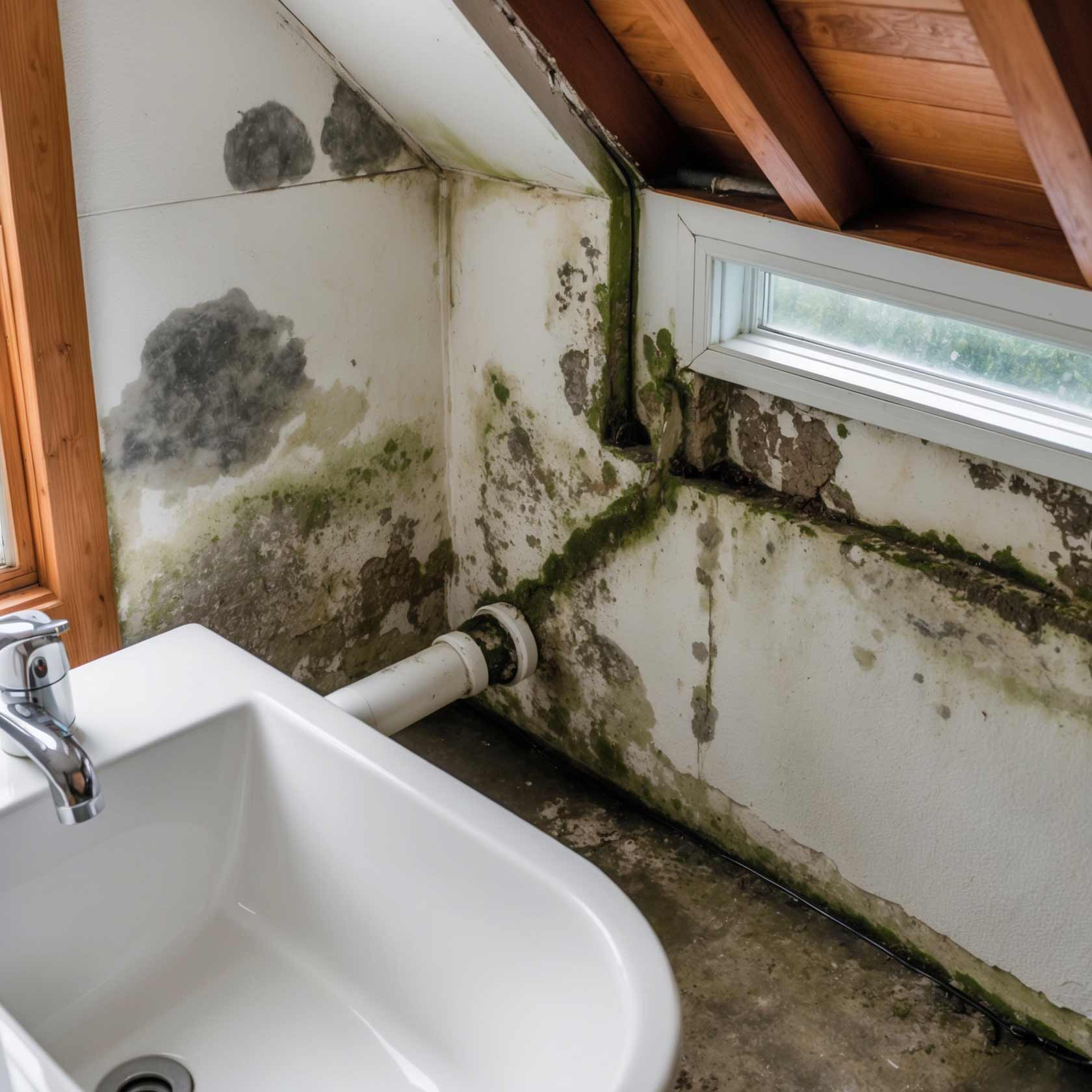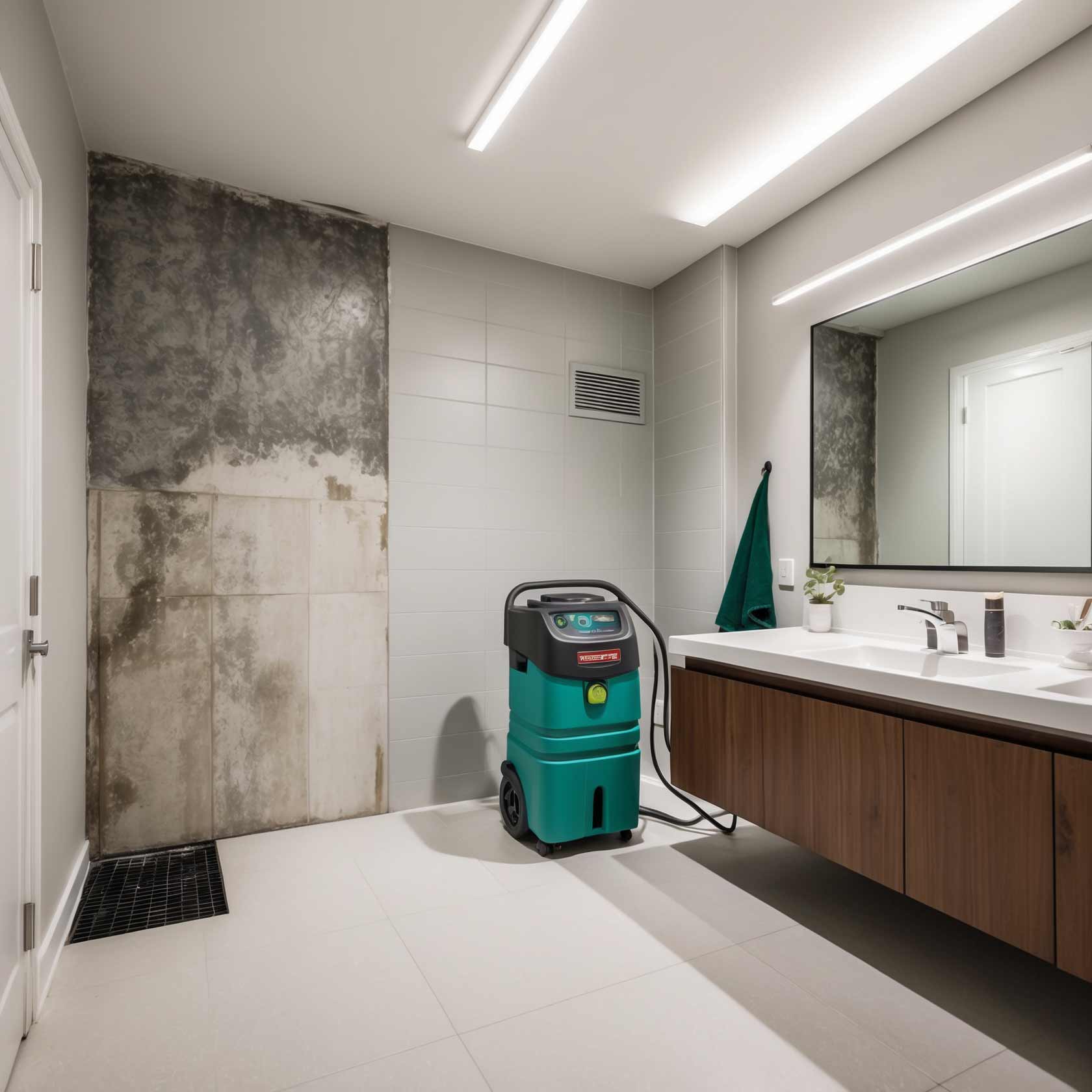Is a Mold Inspection Worth the Investment? Uncovering the True Value of Protecting Your Home
Introduction
In our quest for safety and well-being, protecting our homes from potential hazards is paramount. One such hazard that often slips under the radar is mold. Many homeowners might wonder: Is a mold inspection worth the investment? This question isn't merely about finances; it encompasses health, safety, and long-term home value. In this comprehensive article, we will delve deep into mold inspections, their costs, procedures, benefits, and how they can safeguard your home against this discreet yet dangerous menace.
What Is a Mold Inspection? Understanding the Basics
A mold inspection is a process where trained professionals assess your home for mold growth. This assessment includes identifying visible mold and testing air quality to detect spores that may not be immediately visible. The goal is to uncover any hidden issues that could pose risks to both your health and property.
Why Are Mold Inspections Important?
Mold can develop in damp areas of your home such as basements or bathrooms. It thrives in settings with high humidity and poor ventilation. If left unchecked, mold can lead to significant structural damage and various health problems.
Is a Mold Inspection Worth the Investment? Uncovering the True Value of Protecting Your Home
To genuinely understand if a mold inspection is worth it, we need to evaluate several factors: potential health impacts, property value considerations, and overall peace of mind.
Health Risks Associated with Mold Exposure
Prolonged exposure to mold can result in severe health issues ranging from respiratory problems to allergic reactions. For individuals with pre-existing conditions like asthma, these risks multiply.
Common Health Symptoms Linked to Mold Exposure
- Coughing
- Sneezing
- Eye irritation
- Skin rashes
- Breathing difficulties
Recognizing these symptoms early on can save you from further complications.
Financial Implications of Ignoring Mold Issues
Ignoring signs of mold can lead to substantial repair costs down the line. Structural damage from untreated mold infestations can be costly—often running into thousands of dollars in repairs.
Cost Breakdown of Mold Remediation vs. Prevention
| Expense Type | Estimated Cost | |---------------------------|----------------------------| | Mold Inspection | $300 - $500 | | Remediation (minor) | $500 - $2,000 | | Remediation (severe) | $2,000 - $10,000 |
As you can see from this table, investing in an inspection could save you significant money compared to waiting until an issue becomes severe.
How Does a Mold Inspection Work? A Step-by-Step Overview
Understanding what happens during a mold effective mold removal inspection prepares you for the process ahead.

Initial Consultation with Professionals
The first step usually involves setting up an appointment with certified mold inspectors who will discuss your concerns and any visible signs you've noticed.
Visual Assessment of the Property
Inspectors will examine all areas prone to moisture buildup—like kitchens, bathrooms, attics, and basements—looking for visible signs of mold growth or water damage.
Air Quality Testing
If necessary, air samples may be collected for laboratory analysis. This step helps identify any invisible spores that could compromise air quality.
Types of Tests Conducted During Inspections
These tests provide valuable insights into potential contamination levels within your home.

The Benefits of Regular Mold Inspections
Mold inspections should not merely be reactive but rather proactive measures taken by homeowners regularly.
Early Detection Saves Lives and Money
Catching mold early means dealing with smaller remediation efforts rather than extensive repairs later on.
Preserving Home Value Through Inspections
Regular inspections help maintain property value since potential buyers are likely wary of homes with known mold issues.

Signs You Might Need a Mold Inspection Soon
Certain indicators signal that it’s time to consider having your home inspected for mold:
1. Recent Water Damage
If your home has recently experienced flooding or leaks, an inspection should follow suit promptly.
2. Musty Odors
A persistent smell within your house could indicate hidden mold growth lurking behind walls or under carpets.
3. Allergic Reactions
If you notice increased allergy symptoms while at home but feel fine elsewhere, it might be time for an inspection inquiry.
FAQs About Mold Inspections: Answering Your Questions
- It's recommended every 1-2 years; however, if you've had water damage recently or live in a humid climate, more frequent inspections may be wise.
- While DIY assessments are possible through kits available online, hiring professionals ensures thoroughness.
- You'll need professional remediation services which may include removal or containment strategies depending on severity.
- Yes! Areas with high humidity (above 60%), poor ventilation systems and ongoing water leaks create perfect breeding ground conditions.
- Coverage varies by policy; check specific terms regarding water-related damages or hazardous material assessments.
- Maintain low indoor humidity levels (around 30%-50%) using dehumidifiers & ensure good ventilation throughout your spaces!
Investing in Professional Services: Choosing the Right Company
When considering whether “ Is a Mold Inspection Worth the Investment? Uncovering the True Value of Protecting Your Home,” another essential factor comes into play—choosing trustworthy professionals for accurate assessments!
Qualities to Look For in a Mold Inspector: Experience Matters!
- Certification by recognized bodies
- A solid reputation backed by reviews
- Comprehensive service offerings
Questions To Ask Before Hiring
1) What certifications do you hold? 2) How long have you been performing inspections? 3) Can you provide references?
Getting answers here helps ensure you're hiring qualified inspectors who prioritize safety!
Conclusion
In conclusion, when weighing whether “ Is a Mold Inspection Worth the Investment? Uncovering the True Value of Protecting Your Home,” consider all angles—from health implications to financial ramifications associated with ignoring potential threats posed by molds lurking within walls or ceilings undetected over time! Investing today could mean safeguarding yourself tomorrow against devastating consequences that arise due negligence toward something as seemingly innocuous as mildew growth creeping silently into our lives!
Taking proactive steps toward regular evaluations ensures not only peace-of-mind but also longevity & integrity within our beloved homes we cherish so dearly!